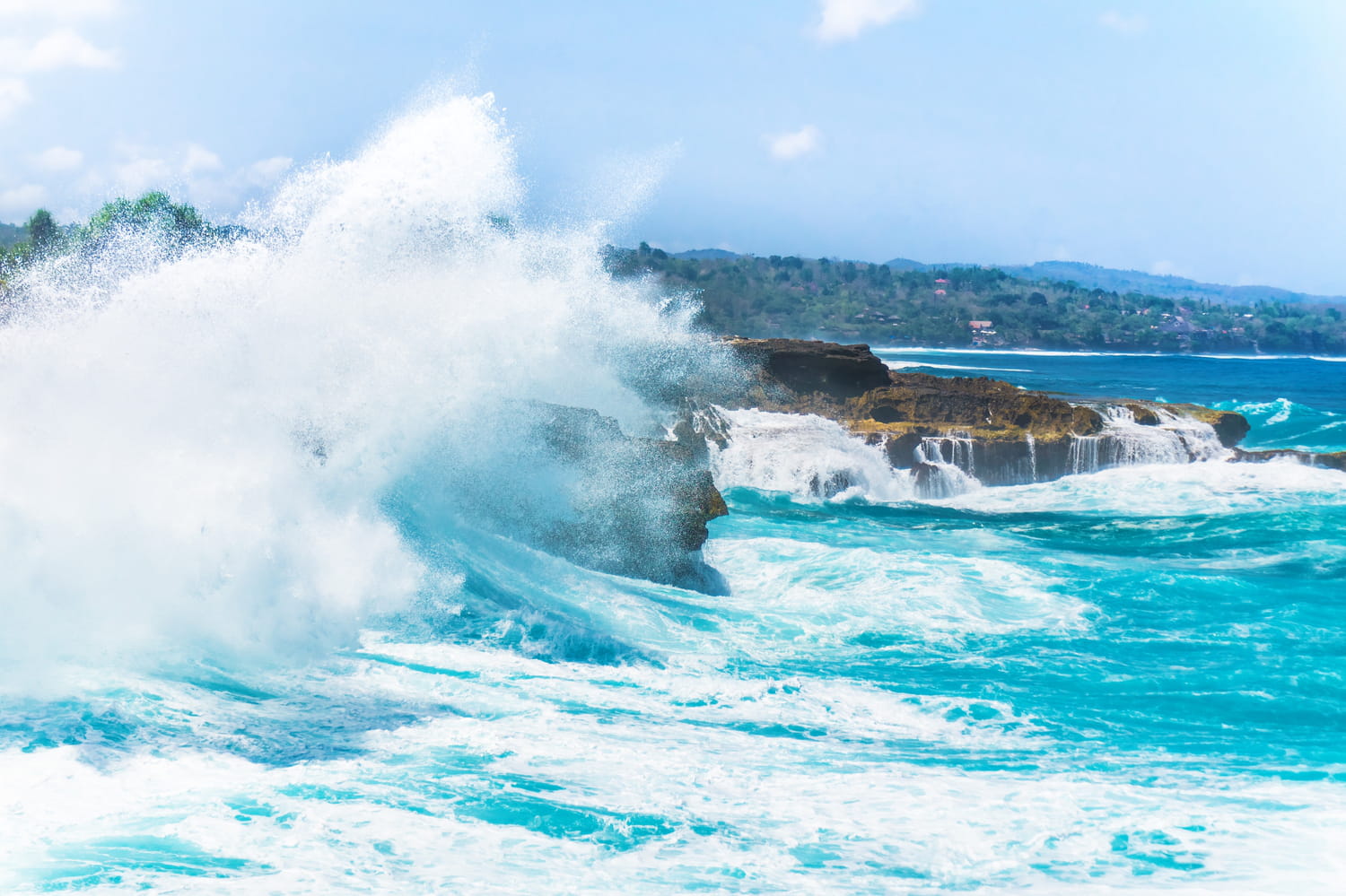An essential forecast to prepare for it.
The Mediterranean is a closed sea where tectonic activity is very real. Contact between the African plaque and the Eurasian plate, especially in its eastern part, can cause underwater seismic movements likely to cause unusual waves. These geological events remain very rare, but well documented, such as those recorded in 1887 or more recently in 2003.
Researchers, as part of a UNESCO coordinated program, recently analyzed the risk of tsunami in this region from a historic catalog of marine events. They relied on a 12 -level intensity scale and on mathematical models comparable to those used for earthquakes. The objective: to assess the probability of occurrence of an event of this type on a regional scale, regardless of the height of the waves.
Their work, published in the journal Pure and Applied Geophysics, highlight a probability that a wave of more than a meter swear on the coasts of the Mediterranean in the next thirty years “close to 100%”. The exhibition is more increased in the east of the Mediterranean basin, especially around Greece, Turkey, Cyprus, or even Lebanon. An estimated period of occurrence between 2045 and 2054 is mentioned in the context of probabilistic simulations, without it is a formal geological prediction.
In France, the tsunamis alert center (Cenalt), attached to the CEA, is responsible for seismic and marine surveillance. Technological tools such as tidallands or GNSS beacons are used to observe possible anomalies. Several countries also test alert systems, in particular to quickly transmit information to local authorities in the event of unusual activity. Prevention is based today on the geophysical study of the basin and on real -time observation devices.


